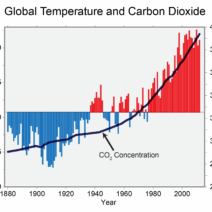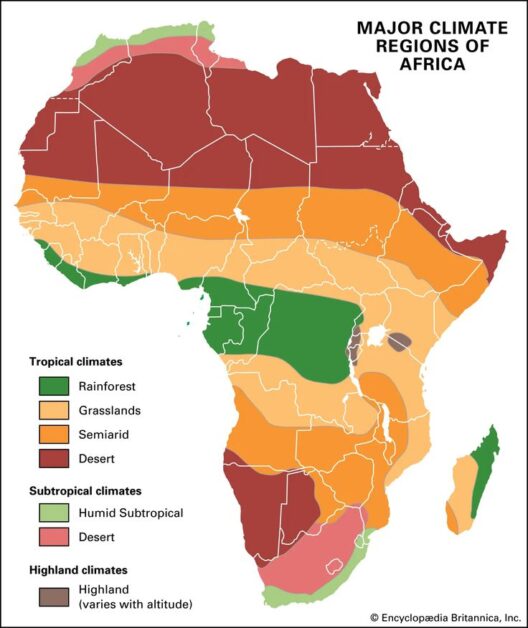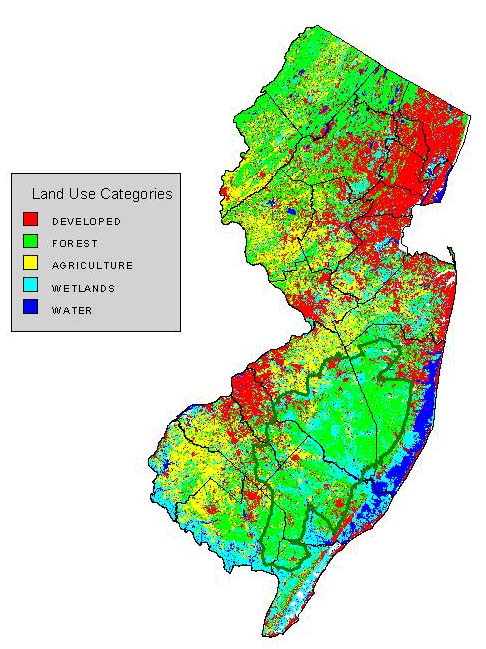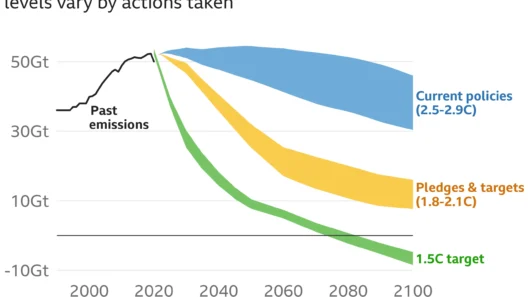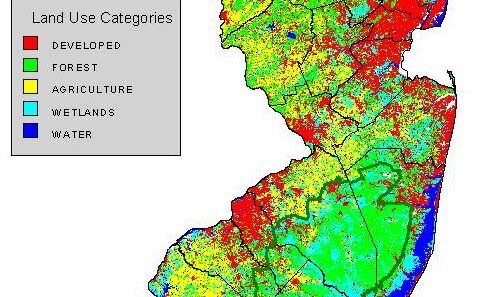Utah, a state characterized by its breathtaking vistas and diverse topography, encompasses a rich tapestry of climatic conditions influenced by its unique geography. From the arid expanses of the desert to the lofty altitudes of the mountains, understanding Utah’s climate is essential for appreciating its intricate ecosystems and the environmental challenges they face.
The state’s climate can be broadly categorized into three distinct zones: the desert regions, the mountainous areas, and the transitional zones between these extremes. Each of these areas exhibits unique climatic traits influenced by elevation, latitude, and geographic features.
In the southern and southeastern regions, one encounters the arid landscapes of the Great Basin Desert and the Colorado Plateau. Here, the climate is classified as a semi-arid desert, characterized by hot summers and relatively mild winters. Temperatures often soar above 100°F (38°C) during the peak of summer, while winter temperatures can plummet to frigid lows, especially at higher elevations. The annual precipitation in this region is quite sparse, averaging around 5 to 10 inches (127 to 254 mm) per year, leading to a landscape dominated by sagebrush, hardy cacti, and rugged rock formations.
The phenomenon of temperature inversion is particularly noteworthy in Utah’s desert regions. During the winter months, cold air can become trapped in the valleys, leading to frosty mornings and chilly days even in the absence of significant snowfall. When combined with the state’s signature winds, this can create a complex weather pattern that frequently alters the daily climate experience.
Transitioning to the north and west, one can find the towering peaks of the Wasatch Range, which are part of the Rocky Mountains. This mountainous region boasts a markedly different climate. At higher elevations, temperatures are significantly cooler, with summer highs rarely exceeding 80°F (27°C), and winters can be notoriously brisk, featuring heavy snowfall. In fact, some ski resorts in the Wasatch Mountains receive upwards of 500 inches (12,700 mm) of snow annually, making them a paradise for winter sports enthusiasts.
Moreover, the microclimates observed within the Wasatch Range vary dramatically due to factors such as elevation and exposure. For instance, south-facing slopes tend to experience more direct sunlight, leading to drier conditions, while north-facing slopes may retain moisture, forming lush ecosystems rich in coniferous forests. These forests, in turn, provide critical habitat for a variety of fauna, including deer, elk, and an array of avian species.
One cannot overlook the transitional zones that bridge the desert landscapes and mountainous peaks—these areas create a fascinating blend of desert and alpine climates. The foothills surrounding the mountains often exhibit a mixed climate, where both desert and mountain species can thrive. This unique blend draws outdoor enthusiasts who revel in hiking, mountain biking, and camping amidst the scenic beauty.
Utah also experiences varying climatic phenomena during the spring and fall seasons. Spring can bring about rapid transitions, with temperatures fluctuating considerably—warm days can quickly succumb to unexpected snowstorms. Similarly, autumn presents a dazzling display of fall foliage, particularly in the mountainous areas where deciduous trees showcase vibrant hues. During these seasons, precipitation can be more significant, as the state occasionally perceives moisture from Pacific storms and remnants of tropical systems.
The state grapples with environmental issues pertinent to its diverse climates. Desertification has become an increasingly pressing concern as urban expansion encroaches upon natural desert landscapes. The balance between development and ecological preservation is delicate, necessitating proactive environmental stewardship. Furthermore, the precarious situation surrounding water resources adds another layer of complexity to climate discussions. As populations grow and drought conditions persist, sustainable management of water resources is imperative for both agricultural practices and urban consumption.
Climate change poses an existential threat to Utah’s ecological integrity. Increased temperatures will likely intensify the aridity of the deserts and alter snowpack levels critical for water supplies. As the state confronts these challenges, adaptive strategies will become paramount. Conservation efforts, policy reforms, and community engagement are essential components of a holistic response to these climatic changes.
In conclusion, Utah is a state of stark contrasts, where desert landscapes and mountain peaks coexist under a vast sky. The climatic diversity—from the parched desert flats to the snow-capped summits—invites exploration but also requires vigilance in conservation efforts. Understanding this complexity is vital for anyone interested in the state’s ecological future, as the interplay between natural systems and human activities dictates the health of Utah’s environment. As an advocate for the planet, recognizing and addressing the challenges that arise from climate change is essential to sustaining the beauty and vitality of this remarkable landscape.


